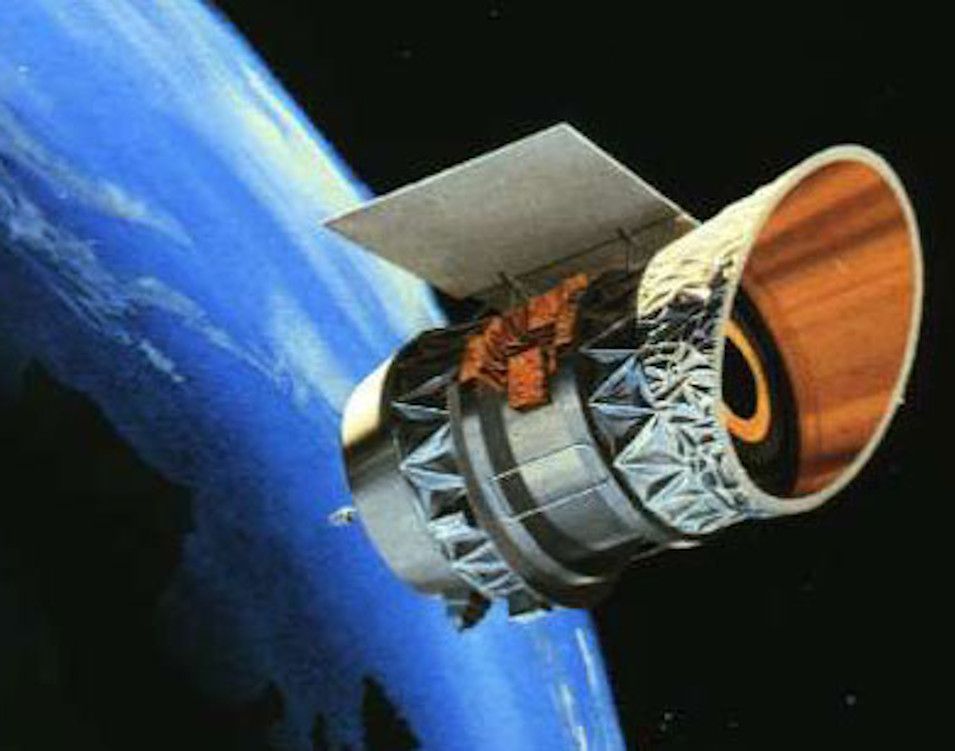According to NASA, in order for a satellite to stay in orbit with the Earth, the pull of gravity must be balanced with the object’s speed. As such, the two satellites on course for collision are travelling at an extremely fast relative velocity of 14.7 kilometres per second.
“They’re going to be colliding at an incredibly high speed. And, at that speed, it’s going to probably cause the smaller satellite to break up completely into smaller fragments. And each of those fragments becomes a piece of space debris in its own right,” Gorman told ScienceAlert.
The NASA/NIVR IRAS satellite and the NRO/USN POPPY 5B satellite (aka GGSE 4) are predicted to make a close approach on Wednesday. POPPY 5B has 18-metre-long gravity gradient booms so a 15-to-30 metre predicted miss distance is alarming https://twitter.com/LeoLabs_Space/status/1221908253627412480— Jonathan McDowell (@planet4589) January 27, 2020
